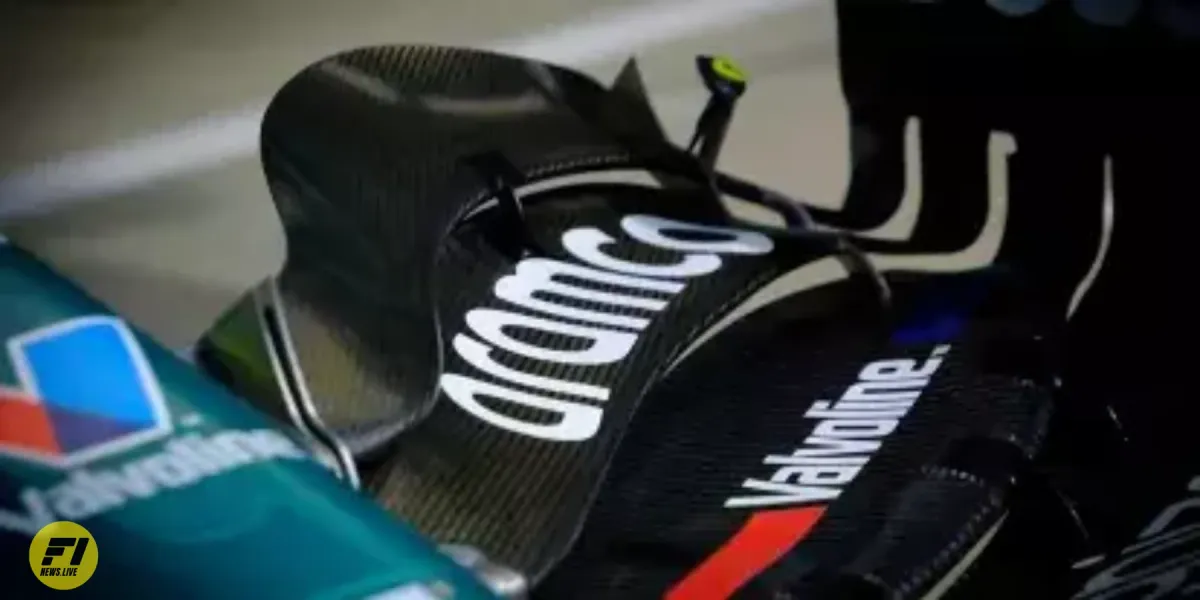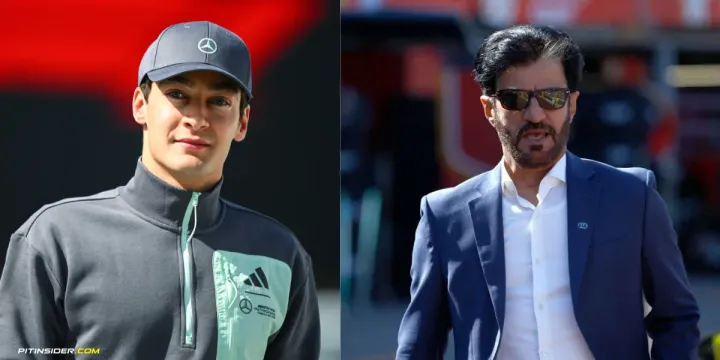Flexi-wing under scrutiny as FIA issues technical directive
The FIA is cracking down on flexible wings with a new directive outlining stricter tests. Teams now face tighter scrutiny and must submit wing designs for review before the Singapore GP.

In a new technical directive circulated ahead of the Dutch Grand Prix, the FIA has outlined plans to tighten regulations around flexible wings in Formula 1.
This clampdown comes after investigations revealed teams are pushing boundaries and exploiting design tricks deemed illegal under current rules.
The FIA crackdown
As per TD018 the FIA believes some teams are purposely engineering localized compliance into wings.
This allows parts to deflect under load for an aerodynamic boost while passing static load tests.
The FIA has determined this violates Article 3.2.2 demanding components influencing aero performance be rigidly secured and produce uniform, solid surfaces.
Illustration of how a wings can flex-Credit: F1/Youtube
Four key design elements were highlighted as likely in breach, including:
- Wings translating/rotating relative to fixed bodywork.
- Rotating around one mount.
- Flexible mounts or laminates enabling localized deflection.
- Soft trailing edges preventing cracking from flexing.
The FIA maintains any designs exploiting localized compliance or degrees of freedom break the rules, despite passing load tests.
Teams must now submit front/rear wing assembly drawings to allow the FIA to evaluate designs.
Team reactions
The changes will be enforced from the Singapore Grand Prix to allow teams to comply.
Some outfits like Aston Martin already altered designs around Azerbaijan after initial FIA warnings.
Others running more flexible wings will likely require bigger modifications to pass inspections. Aerodynamicists will need creative solutions to retain performance despite increased rigidity.
Illustration of how a wings can flex-Credit: F1/Youtube
With contention around flexi-wings simmering for months, tighter scrutineering is welcomed by some teams.
McLaren's Andreas Seidl called it "the right thing to do" to stop unsafe designs. Mercedes and Ferrari have pushed the FIA to intervene more forcefully in this "grey area" of the rules.
However, Red Bull chief Christian Horner criticized the timing as late notice right before major aero-dependent circuits Spa and Monza.
On-track impact
Wing flexibility has clear aerodynamic benefits, particularly on high-speed circuits.
Stiffer wings required by the FIA will likely see lap times increase at certain upcoming tracks. Red Bull and Ferrari seemingly exploit flexi-wings the most currently for downforce gains.
They may suffer more from performance losses without illegal localized compliance.

Bumpy tracks like Singapore with high kerb riding put extra stress on wings. Several teams already ran stiffer setups there preemptively.
The FIA's official flexi-wing clampdown from Singapore onwards should minimize disadvantages for outfits less impacted by increased rigidity demands.

Overall the technical directive aims to tighten up exploitation of gray areas in the rules and reign in unsafe designs.
While closing off a complex development avenue, its implementation from Singapore gives teams time to comply without major detriment to ongoing title fights.
Tighter wing scrutiny will likely level the playing field and put innovation focus into legal channels.





Comments ()